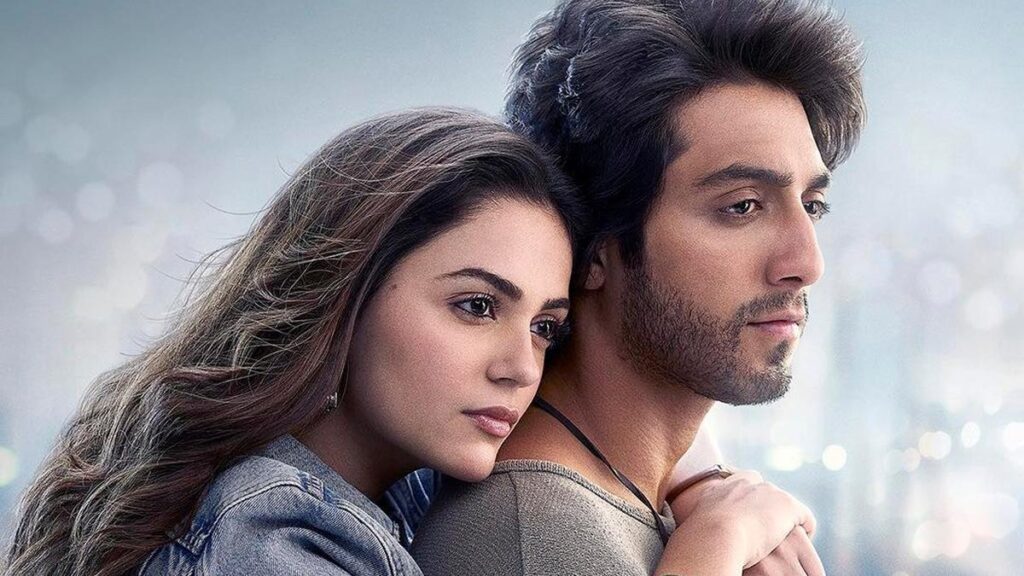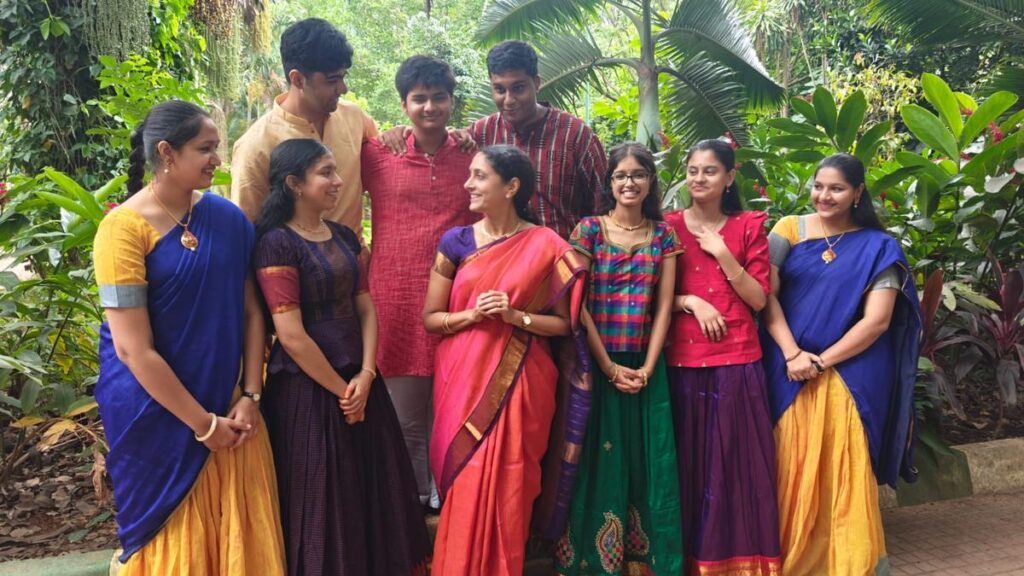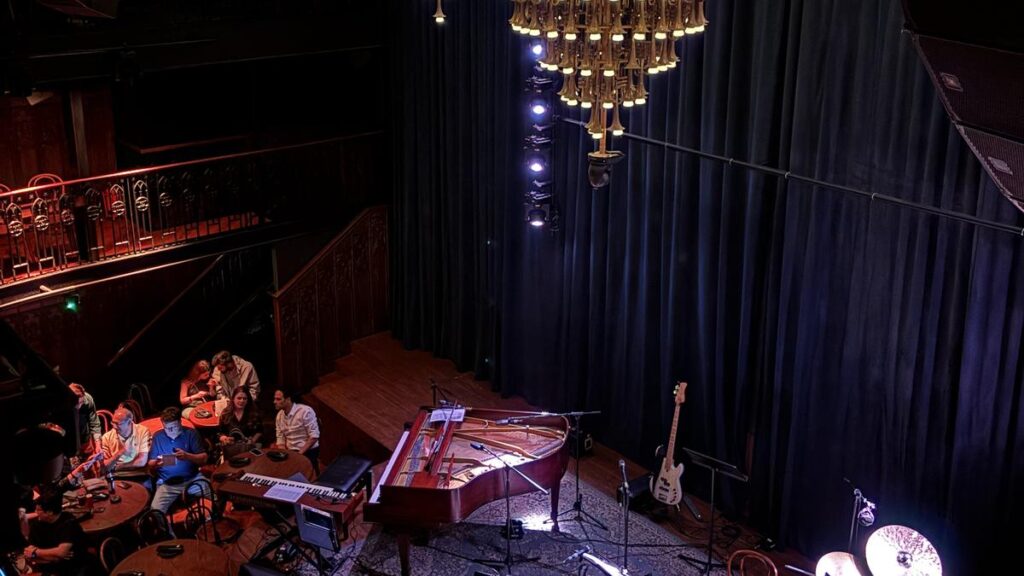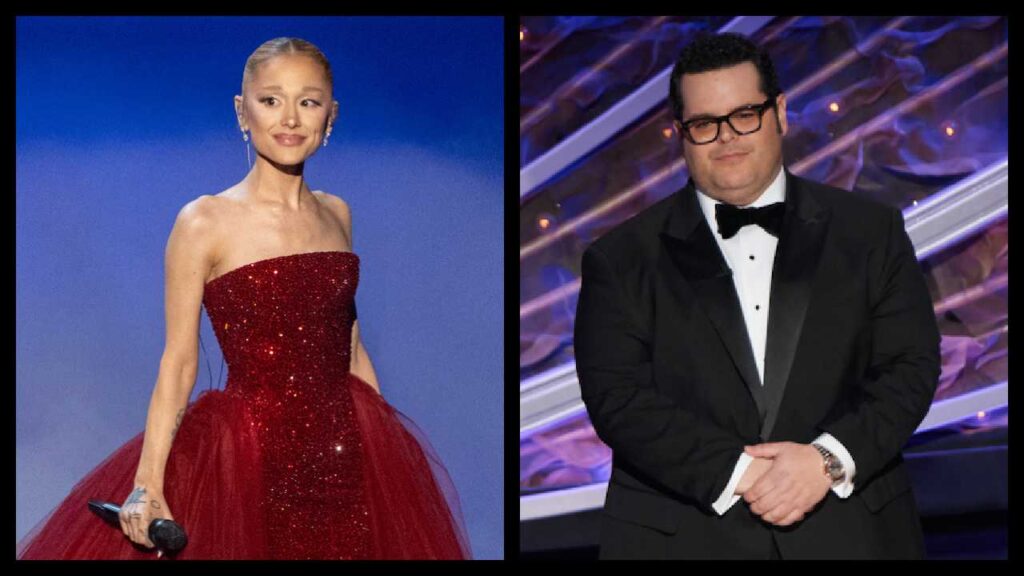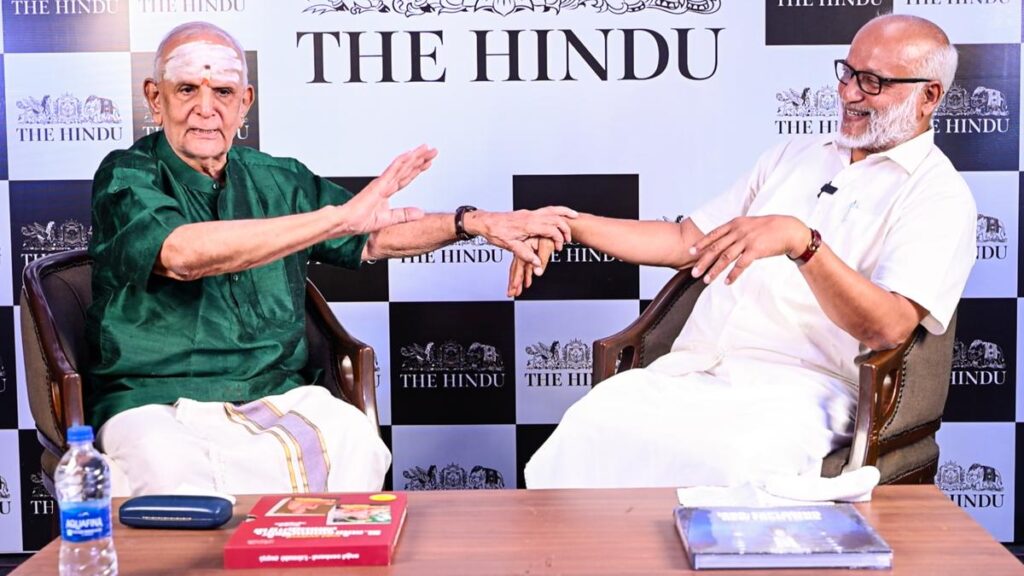It has been an eventful week for culture observers. On smart televisions, more than 40 crores watched India’s young cricket team, with an average age of around 26 years, playing out a hard-fought draw in the Old Trafford Test, while on the big screens, Saiyaara, a debutant-led classic romance, has scored around ₹200 crores in its first week of release and is still going strong.
No one invoked Ro-Ko in sprawling stadiums, and the audience quickly bypassed aging screen gods at the box office as they became smitten by the sensory relationship between memory and music, love and longing. As the spotlight shifted from T-20s, rom coms, and horror-coms to something more wistful, enduring, and hard-earned; patience is still a virtue, and commitment is still cherished.

In Mohit Suri’s Saiyaara, the relationship between the tune and the lyric in creating a song is personified by Krish and Vaani. The heartbroken girl, who has just deleted Instagram from her phone, demands space to etch something in the memory of time, while the headstrong singer boy questions privilege and shuns instant fame for fidelity.
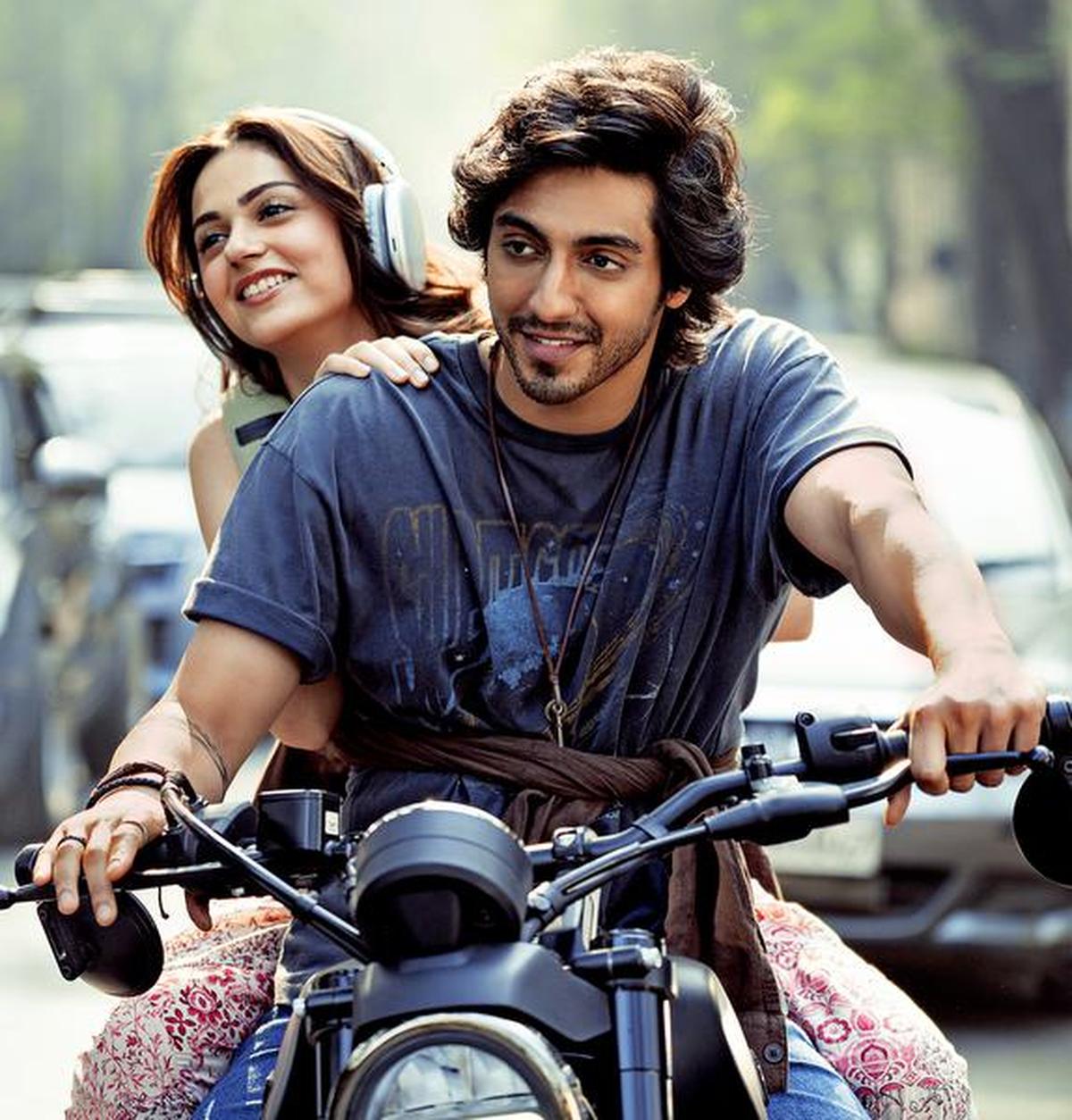
A still from ‘Saiyaara’.
She doesn’t hide her past and doesn’t embrace unhealthy traits like smoking, abusive behaviour, and late nights because it would give her access to Krish’s mindscape or give her a sense of equality. Instead, she channels the feral force of the singer, who in turn realises his incompleteness without her voice, the words that are fading away from our lives in the gibberish of endless reels.
The imposing image of an explosive Ahaan Panday disintegrating on his haunches against the pixilated yet profound eyes of Aneet Padda on the gargantuan screen of London’s Wembley stage made heartbreak great again. Suddenly, the cricket broadcaster’s bluster, ‘seekhne nahin, sikhane aaye hain’ , starts to make sense.
Like the fearlessness of T-20 contributes to resilience in Test cricket, Saiyaara echoes middle-class youth’s familiarity with spaces that were previously forbidden, giving them the strength to overcome emotional and social taboos. It is not this or that; it is more about the best of both, diminishing the space for cynicism.
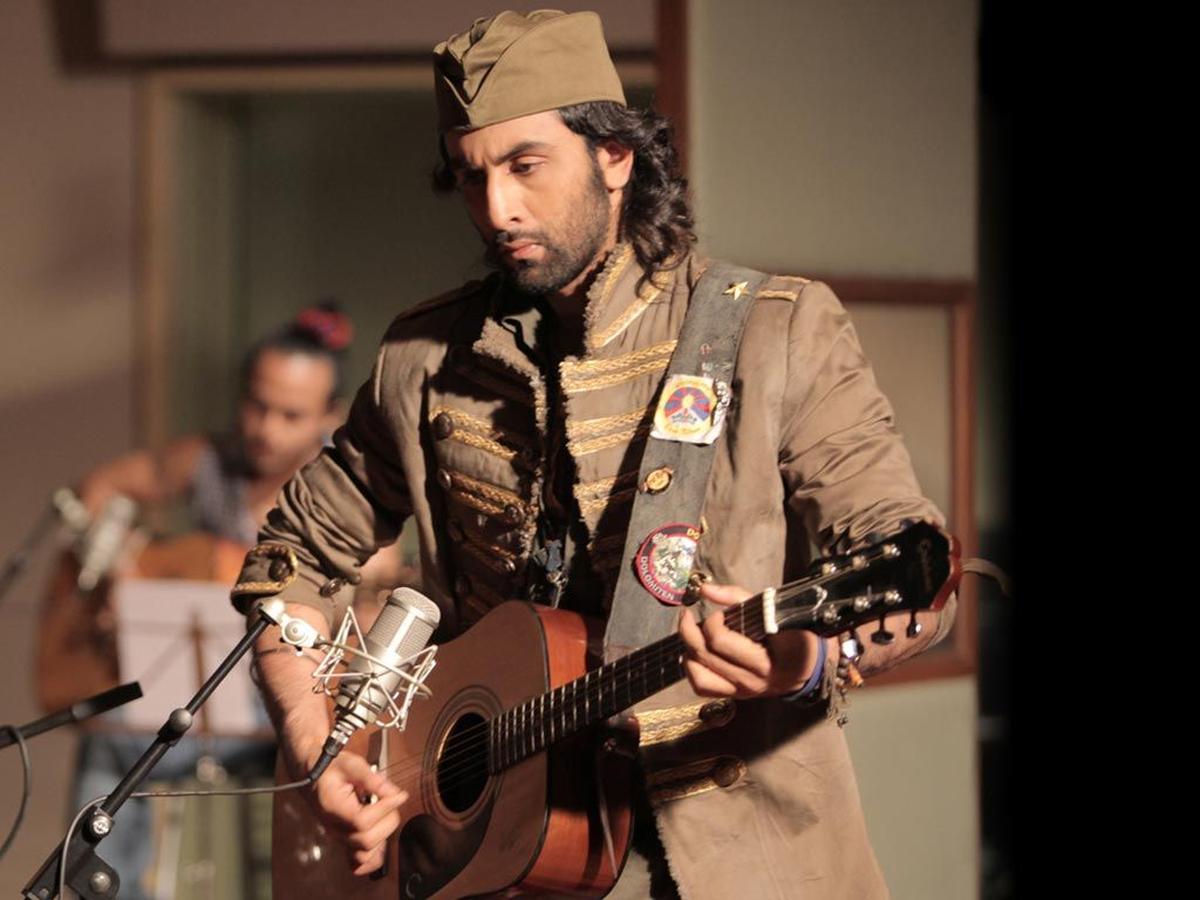
Ranbir Kapoor in ‘Rockstar’.
The weather wanes of Bollywood gauged that the audience is yearning for a true tearjerker, ever since Imtiaz Ali’s Rockstar and Laila Majnu made the cash registers ring in their second coming. Recently, Anand L Rai’s Raanjhanaa made a strong comeback as well.
Young romance with a tragic twist has been a go-to theme when things don’t work out for Bollywood biggies at the box office, or they have to launch one of their own. In the 1970s, Raj Kapoor invested in Bobby when the audience didn’t empathise with his aging Joker.

Initially, the film had a tragic end, but Kapoor heeded the generational shift and concluded with a message of hope. Rajendra Kumar launched his son Kumar Gaurav with Love Story (1981), and Dharmendra introduced Sunny Deol with Betaab (1983).
The Mehras turned to Sohini Mahiwal in the 1980s to revive their fortunes. Nasir Hussain had the last hurrah with Qayamat Se Qayamat Tak (1988) after a series of flops, the Barjatya’s found their mojo with Main Pyar Kiya (1989), and the Roshans’ found a new lease of life with Kaho Na Pyaar Hai (2000).
However, since the abject failure of Aditya Chopra’s Befikre in 2016, Yash Raj Films, the unofficial home of romantics since Daag (1973), had not touched the genre for eight years and was busy expanding its spy universe when its low-key marketing of young romance turned out to be a well-thought-out strategy.
Known for initiating a dialogue between Indian and Western notions of romance through diasporic culture when the country adopted a free market economy at the turn of the millennium, the banner apparently lost its way when the obstacles to urban romance were overcome.
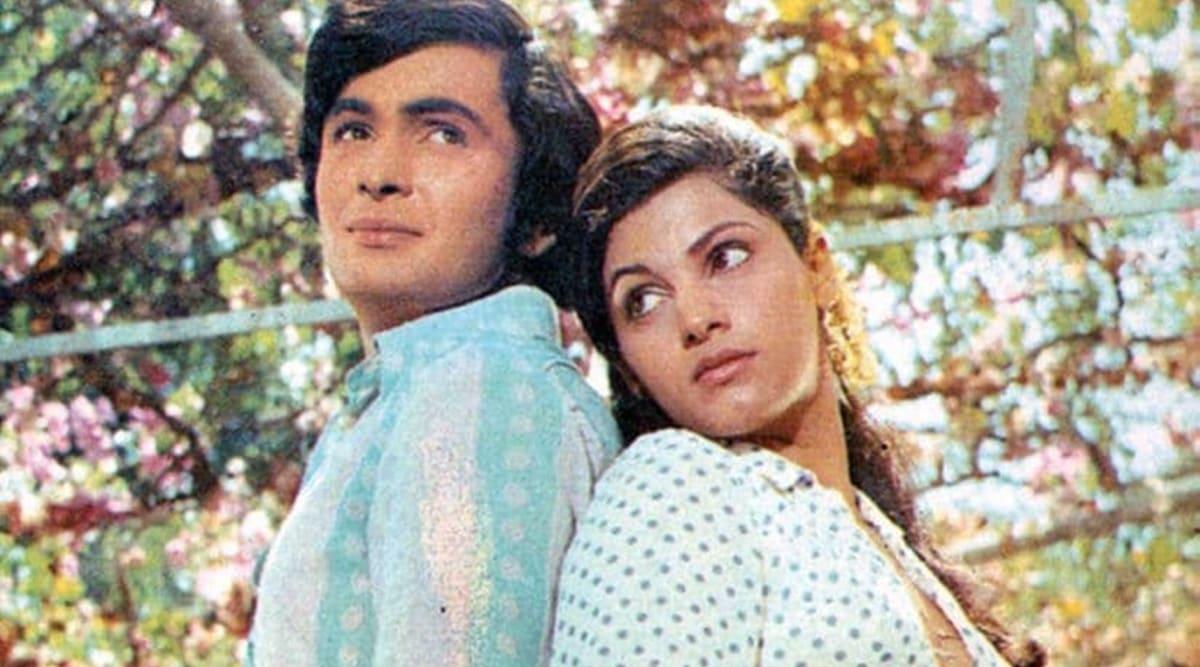
Rishi Kapoor and Dimple Kapadia.
Meanwhile, OTT entertainment took off, and the young generation looked to the East to find romance in Korean dramas. So, the banner brought in Suri. He carved out his niche under the brooding shadow of his uncle, Mahesh Bhatt, who helmed the original Aashiqui (1990) and made us believe in the decisions of the heart with Dil Hai Ki Manta Nahin (1991).
Suri’s filmography is dotted with films that are rooted in Korean romance, which emphasise the journey of courtship, engage with trust and understanding, and explore complex relationships within the context of family and social expectations, but the melancholic tone, raw emotions, and an air of vulnerability that his films exude remind one of the best of Bhatt.
His themes resonate with a generation that has lived through the assumed ‘befikri‘ (carefree) period of instant gratification, of finding love on dating apps, and the individualism prevalent on Instagram.
ALSO READ: ‘Saiyaara’: Filmmaker Sanjay Gupta praises YRF’s promotional strategy of Mohit Suri film
Suri is one of the few filmmakers of this generation who can convey deep emotions through soulful music, a defining strength of Indian cinema once. Can the thought ‘Kaise Zakhmon Ko Bata Marham Ka Milta Achaanak Pata’(How do wounds suddenly get the address of balm?) in Irshad Kamil’s “Humsafar” be expressed in a dialogue or through silence? The line stores the crux of the story where two lacerated souls heal each other. There is a sense of sacrifice and commitment that lasts beyond the wave of physical attraction.
When the cynics underline that Saiyaara draws from John H. Lee’s A Moment To Remember (2004), they perhaps forget that memory has been playing tricks with lovers for a long time. For those unaware of the Korean film, Krish playacting Virat Kohli in the climax of Saiyaara reminds us of Balu Mahendra’s Sadma (1983), where Kamal Haasan transforms into a monkey on a railway platform. It was in the early 1980s when we could not spell Alzheimer’s syndrome.
In Satish Kaushik’s Tere Naam (2003), a remake of Bala’s Sethu, too, memory loss triggers a tragic end. Or the lesser-known U, Me Aur Hum (2008), whereAjay Devgn experimented with the Korean universe before it was cool.
From the times of Heer Ranjha and Romeo & Juliet, writers have been telling the same story of unrequited romance with tragedy striking in different forms. My father would recall how youngsters thronged theatres to cry with Dilip Kumar in Nitin Bose’s Deedar (1951) and would sing ‘Bachpan Ke Din Bhula Na Dena, Aaj Hanse Kal Rula Na Dena’ on the way back.
As the visually impaired Shyamu, who regains his eyesight, the tragedy king stabs his eyes the moment he learns that his childhood love has no recollection of their friendship, embracing darkness. Fifteen years later, Manoj Kumar took Raj Khosla along to watch a re-run of Deedar and reworked the script to create Do Badan (1966), featuring ‘Lo Aa Gayi Unki Yaad Woh Nahin Aaye’, which became the new anthem for the lovesick.
Legendary poet Harivansh Rai Bachchan wrote in his iconic poem, Madhushala, that every generation finds its chalice, its tavern, more intoxicating.
What makes a romance shine is how the young lovers resonate with the audience. Like cricketers delaying their retirement, film stars too don’t want to give up on the genre and make writers tweak the template according to their age. Some filmmakers also struggle to move beyond their chemistry with a star or their image.
Suri also remained stuck with Emraan Hashmi until Humari Adhuri Kahaani (2015), which could have benefited from fresh faces. However, after every decade, a new pair emerges that changes the status quo. Cinephiles remember the huge impact a young Kamal Haasan made in the North when he asked Rati Agnihotri, ‘Tere Mere Beech Main’, in S.P. Balasubrahmanyam’s clipped Hindi accent in K. Balachander’s Ek Duuje Ke Liye (1981), which sounded authentic for the Tamil boy Vasu, whose love hits a roadblock because of cultural differences.
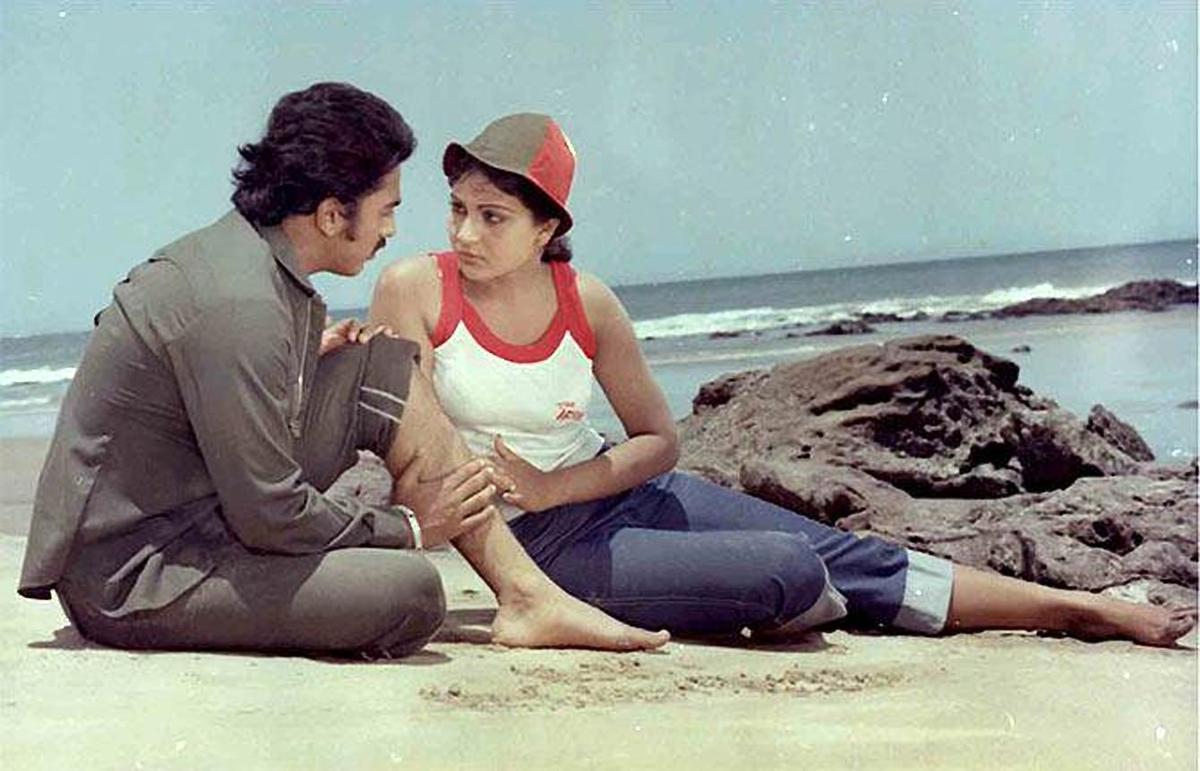
A still from ‘Ek Duuje Ke Liye’.
Similarly, what makes Saiyaara sound fresh is the lead pair. After a long time, we have two young actors who can make your heart throb, who can combine intensity with vulnerability without being self-conscious in front of the camera. While Ahaan reminds one of a young Sanjay Dutt with the way he owns the big screen and opens the character’s wounds to the audience in all their raw richness, Aneet conveys the deepest of emotions even in stock scenes laced with standard lines. Not cut from the Bollywood cloth that makes most female actors pout and preen like clones, Aneet, after Alia Bhatt, is a natural powerhouse who can cause an emotional upheaval with her performance.
The pathos in romance has just returned to Bollywood. This week, Dharma Productions, a factory of wafer-thin rom-coms, is taking a break from the genre to produce Dhadak 2, where caste plays the killjoy. Towards the end of the year, Anand will return with yet another tale of love and rage, Tere Ishq Mein, where he carries forward his bond with tragic romance and, of course, Dhanush.

